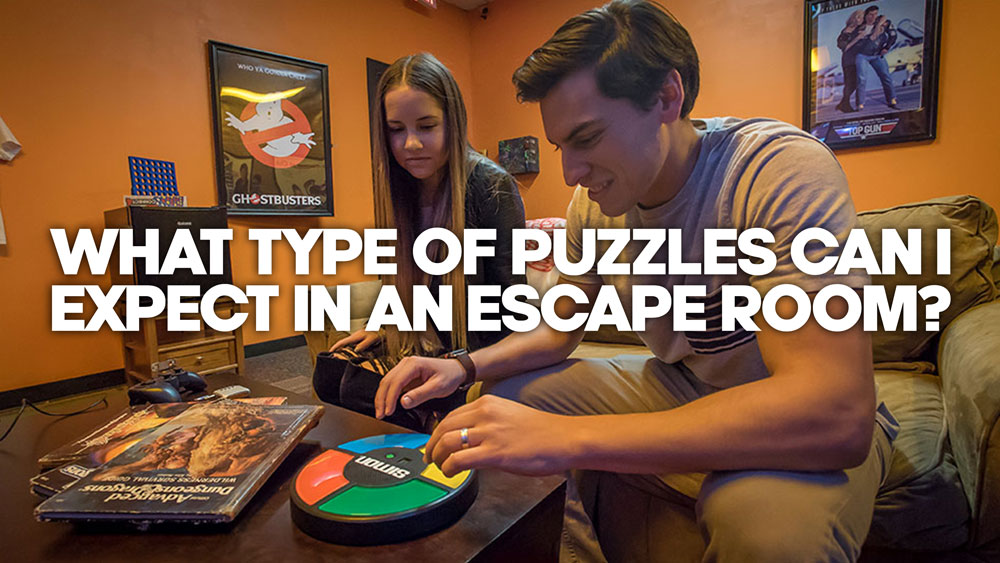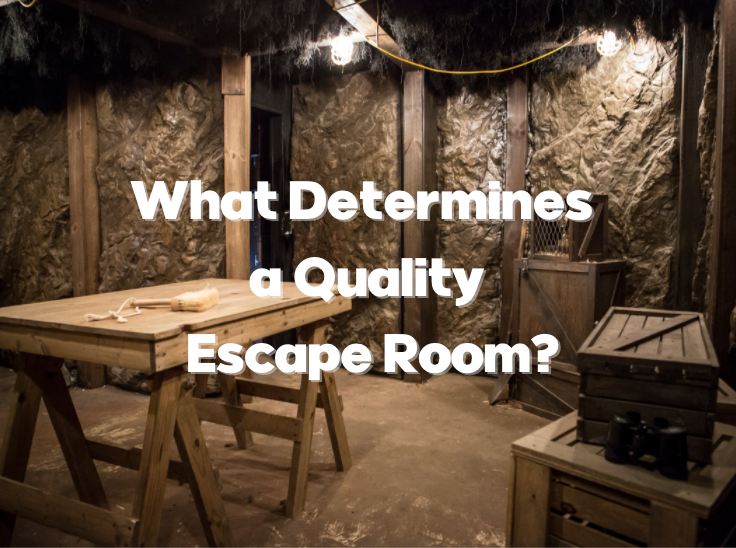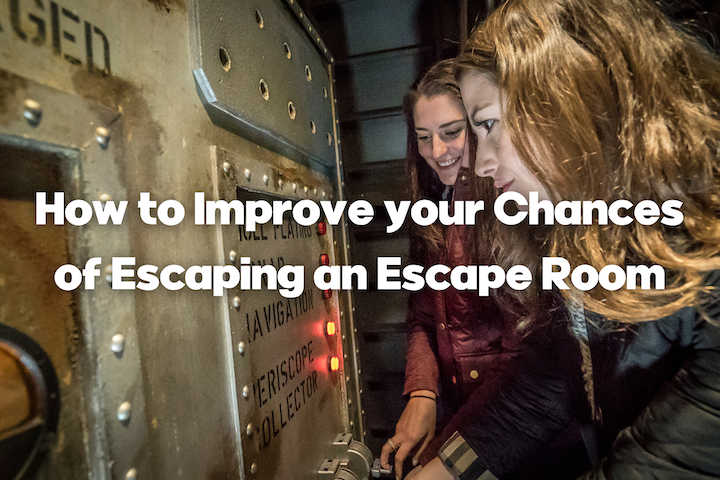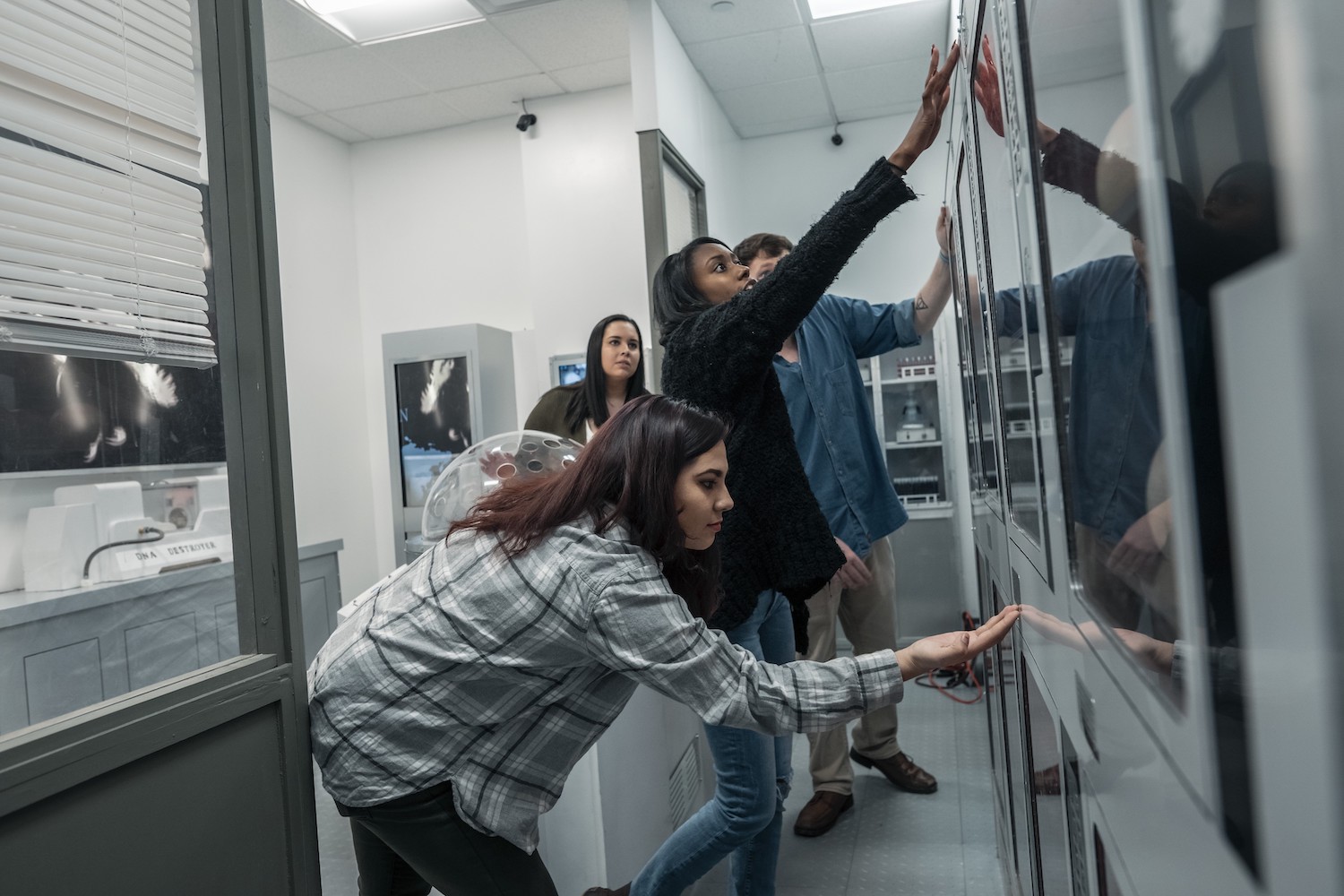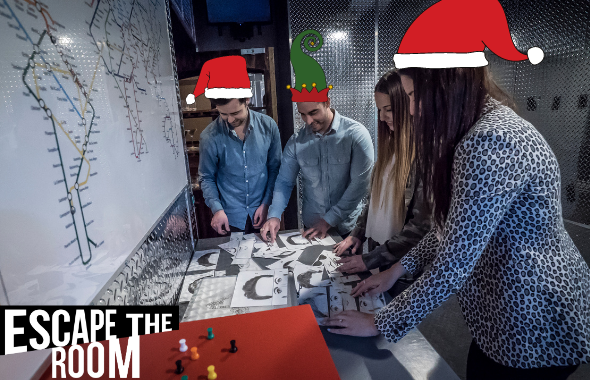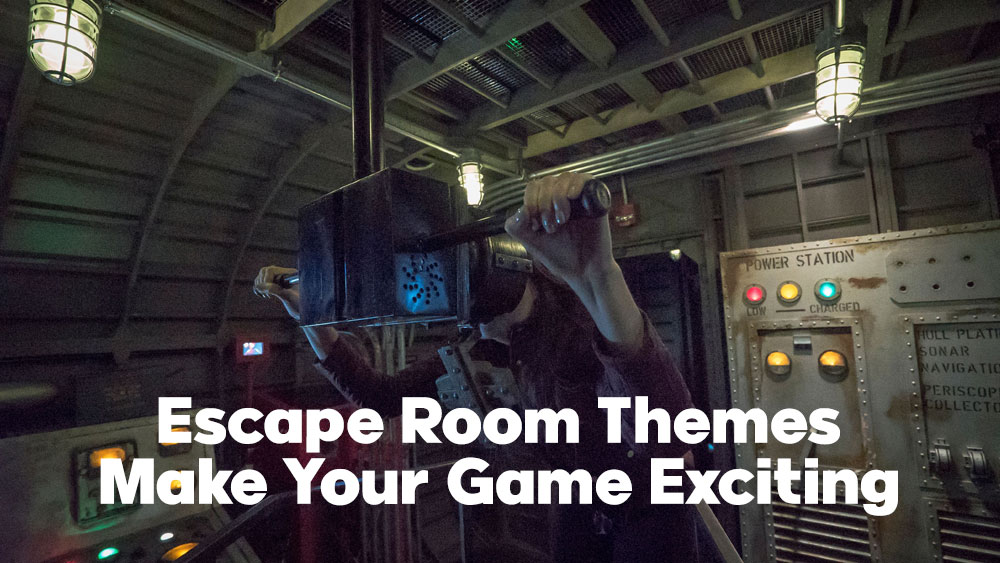Escape rooms are designed to be challenging and fun, but not impossible. Most escape rooms contain a collection of different types of puzzles that relate to the overall escape game theme, and combine to unlock new areas of the escape room and eventually lead to the game’s conclusion. While escape room themes may be vastly different (submarines, spy missions, archaeological digs, and so on), there are puzzle elements common to many well-designed escape rooms.
Hidden Items and Clues
The most common escape room puzzle is finding hidden clues or objects within the room. If you’re in an escape room, chances are you’re going to have to try to find an object that’s key to progressing through the game narrative. This can be a key on top of a shelf just out of sight, or a piece of paper slipped into the pages of a book. This can even be a phrase hidden within another phrase written on a wall or a picture frame. Of course, once you find the object or code, you’ll likely have to use it in conjunction with another puzzle in the room.
Puzzles Involving Light and Sound
Light and sound can also play a part in escaping. Writing can be subtly disguised with the correct lighting, and sound cues, such as Morse code, and lead you forward through the story. Songs, especially song lyrics, can be integral to the game, depending on the theme of the escape room you’re in.
Clues and Puzzles Hidden in Plain Sight
Remember that every design choice in an escape game is there on purpose. Escape room designers don’t just fill a room with random decorations because they look nice or fit the theme. Anything in the room (potted plants, lamps, bookcases, rugs) can have special meaning, or hide a clue. Look carefully at pictures and paintings, or even the frames they are hung in. If there’s a mirror in the room, that’s probably not by accident.
Numbers and Text Puzzles
Number and text puzzles are common. You’re not expected to be a math genius or an English professor to solve the escape room puzzles, but you will need to think outside the box. Any mathematical equations you come across will likely be of use. Look for numbers or phrases out of place, or purposely misspelled words (or words that use numbers as letters). Of course, riddles can also be used in escape rooms.
Physical Puzzles
Physical puzzles, such as moving simple objects, untying knots, or solving a picture puzzle may be in use. These usually stand out and are not hidden, but the solution to them may be that you need to do things in a particular, logical order (or follow a pattern). In fact, pattern recognition and abstract logic are very often found to be important to escaping a room.
Combination Puzzles
Most importantly, good escape rooms rely on a creative combination of many types of puzzles to fit the theme. You’ll likely have to use strategic thinking and cooperation to find all the clues and solve all the puzzles necessary to escape. Remember that the escape room is meant to be solved in under an hour, with a limited number of people, using only what’s available in the room.
